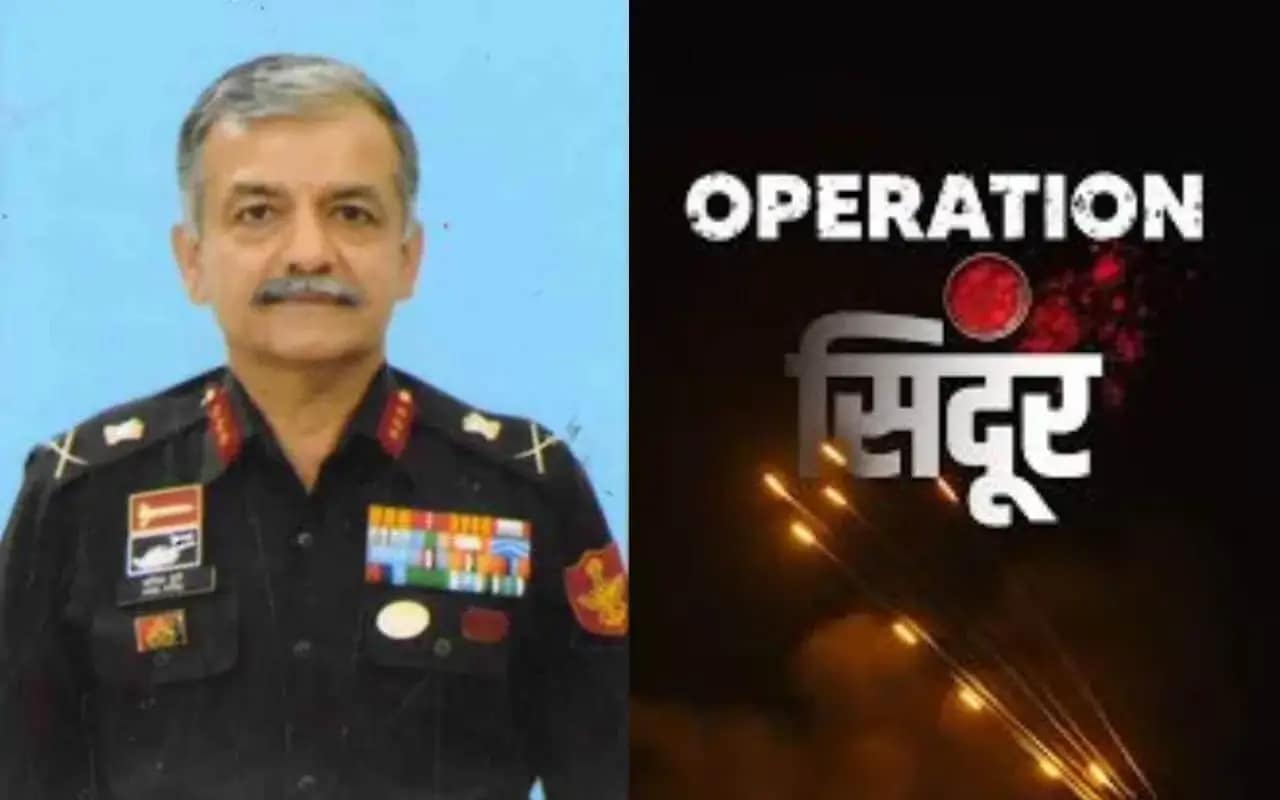📍New Delhi | 2 Oct, 2025, 12:21 PM
It is not often that epic and modern history converge on the same calendar date to remind us of timeless values. This year, Dussehra and Gandhi Jayanti fall together, offering India a rare moment of reflection. One festival takes us back to the epic battle of Lord Rama against Ravana; the other recalls Mahatma Gandhi’s lifelong struggle against colonial injustice. Both, however, shine as twin lights of truth-illuminating India’s path with faith, courage, and righteousness.
The Eternal Lesson of Dussehra
Dussehra, or Vijaya Dashami, tells us that darkness cannot overcome light. In the north, it symbolizes Lord Rama’s victory over Ravana, an arrogant monarch consumed by deceit and lust. In the east, it is remembered as Goddess Durga’s triumph over the demon Mahishasura, a celebration of justice over oppression.
The traditions vary-effigy burning in the north, Ayudha Puja in the south, Shami worship in the west-but the essence is universal. Dussehra is not just about external battles; it is about the inner Ravanas of greed, ego, and anger. It teaches us that humility, truth, and self-belief are the real weapons-the true brahmastra-to overcome adversity, both within and outside.

Gandhi Jayanti and the Force of Ahimsa
On the same day, India honours the birth of Mahatma Gandhi, the apostle of Satya (truth) and Ahimsa (non-violence). Gandhi’s battles were not fought with bows or swords but with the quiet force of the soul. For him, truth was synonymous with God, and self-realisation was the beginning of social change.
Gandhi’s idea of Atmanirbharta (self-reliance) was profound. Whether through the spinning wheel of khadi or the simplicity of village life, he taught that true independence was not just political or economic, but moral. His emphasis on cleanliness, long before it became a national mission, linked outer purity with inner discipline.
If Dussehra speaks of divine power defeating arrogance, Gandhi Jayanti speaks of moral power defeating injustice. Together, they underline that courage and faith are the twin foundations of any righteous struggle.
A Shared Legacy in Modern India
These values are not confined to epic or history-they echo in India’s contemporary journey. The Indian Army’s Operation Sindoor, a calibrated and proportional military action, reflected the same principle: strength balanced by restraint. Much like Gandhi’s approach to injustice, the operation was not about overkill, but about decisive, measured response.
Similarly, today’s calls for Atmanirbharta and cleanliness are not mere government campaigns. They are extensions of age-old lessons-self-reliance, dignity, and moral strength. They remind us that progress is sustainable only when it is rooted in self-belief and discipline.
Why This Convergence Matters
When epic and history converge, they create a guiding star for the nation. Both Dussehra and Gandhi Jayanti remind us to burn the effigies of hatred, anger, and greed, and instead embrace compassion, truth, and peace. They show us that the greatest victory is not over others but over ourselves.
From the battlefield of Lanka to the quiet strength of Sabarmati, from Rama’s bow to Gandhi’s walking stick, and from ancient epics to modern conflicts, India’s message has been consistent: true power lies in righteousness, not excess.
Final Reflection
In celebrating these two occasions together, India is reminded of its noblest aspiration: to be a nation that is self-reliant, disciplined, and capable of strength with restraint. The legacy of Dussehra and Gandhi Jayanti is not just religious or political-it is civilisational.
Both urge us to live as better human beings and to strive for a society where harmony prevails. That is the noble goal they leave behind: progress with purpose, strength with wisdom, and truth as the eternal light.


